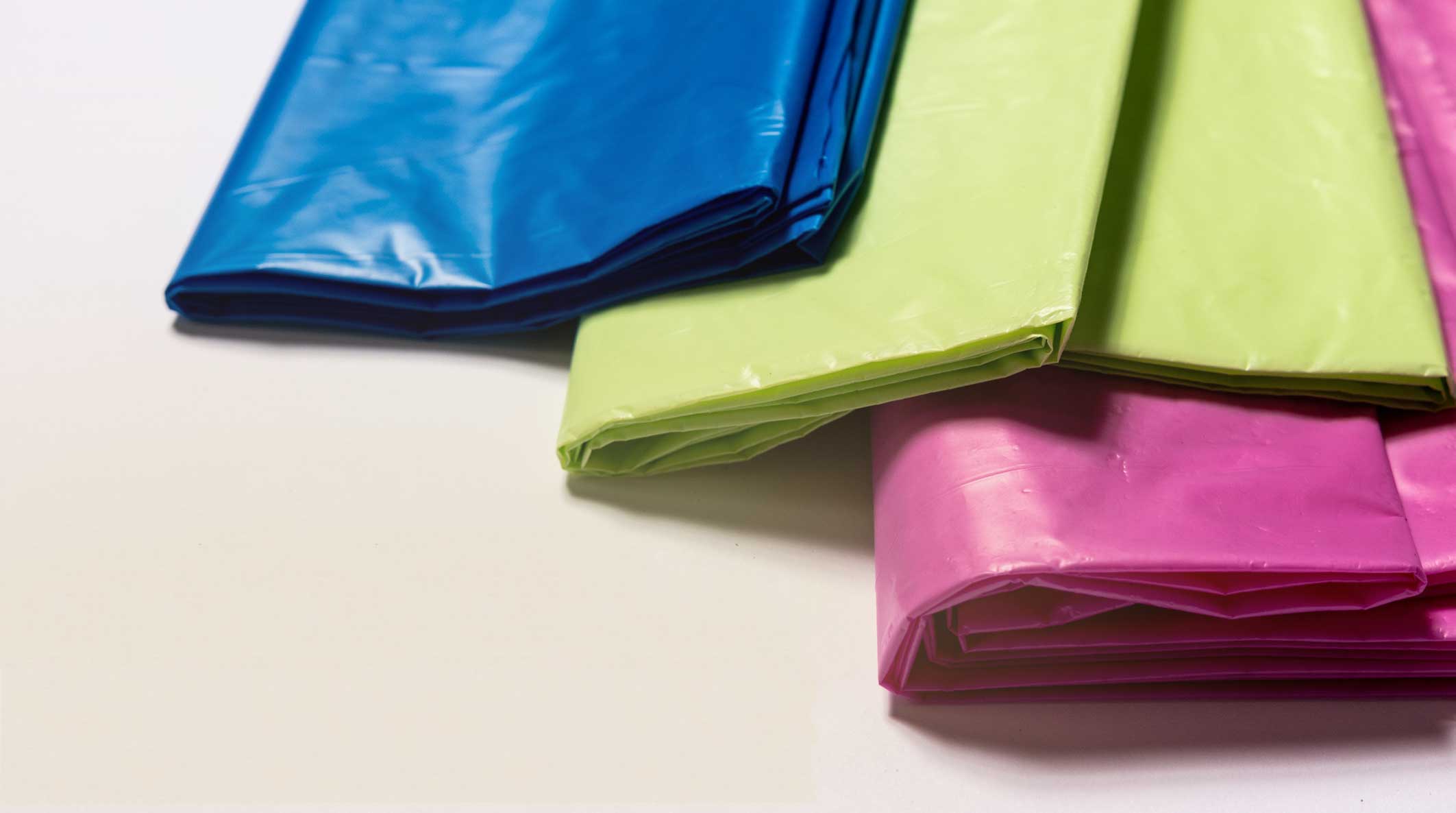As the world evolves and discoveries are made, old systems are typically replaced with new ones. With a significant focus on reducing or ridding plastic altogether, many industries are shifting towards a sustainable future by finding alternatives. Although, in some instances, plastic use is vital for industries to provide optimal service and meet the needs of their stakeholders—like Jamar Health Products.
Watch our interview below with the president and owner of Jamar Health Products, Stefanie Scott, to learn how the healthcare industry is becoming more sustainable while meeting its patients’ health and safety needs.
Please provide information regarding your background and professional experience.
Jamar Health Products is a women-owned small business that supplies safe patient handling and mobility products for the health care industry. I have a bachelor’s degree from the University of Wisconsin-Oshkosh, with a background in journalism, communications, and business administration. I am a Certified Safe Patient Handling Professional Associate. As a small business owner, I not only lead the company but also lead clinical educators, training health care workers on how to use our products, PATRAN slide sheets, to safely move patients.
What is your role specifically at Jamar Health Products? How did you become affiliated with working for Jamar?
I joined Jamar Health Products to lead the sales and marketing efforts about ten years ago. My parents—Jim and Mary Scott—started the business in 1982, but it was a small operation with customers in the Midwest. We generally get a new customer when a physician, nurse, or other health care worker leaves one of our customer hospitals and moves to a different health care organization. When the concept of safe patient handling started to gain attention in health care in the early 2000s, my Dad took early retirement. He and my mother—who handled the day-to-day business operations—exhibited at a few national health care conferences, and I joined them as my schedule allowed. I had grown up with my parents selling and developing this product, had helped create instructional videos, and spent a lot of time being moved around during product demonstrations and training sessions. As PATRAN slide sheets started getting more attention, our customer base grew nationwide: hospitals, ambulatory care sites, long-term care facilities, EMS ambulance and flight crews, medical examiners, and more. My Dad looked to me, my sister Shannon and my brother-in-law Matt Rogaczewski to join and make this a family business. Shannon, my mom, and I became the company owners. I took over as company president about eight years ago, and as a small business owner and top executive, I wear many hats. But as we’ve grown, we’ve added employees—other family and nonfamily members.
What drew you toward working in the healthcare industry?
It chose me. I grew up with this product. I believe in this product and its benefits in protecting caregivers from being injured when moving patients. I had been a hospital patient and had experiences when I was moved with a PATRAN slide sheet. Very easy and comfortable. But I also had less-than-ideal experiences as a patient when I was moved with a hard slide board or very ill but was asked to move. As a patient, there are issues related to safety, comfort, and patient dignity in which PATRAN shines. I never saw myself in sales, especially health care supply sales. But I already knew the product could help health care workers and their patients; I just had to find the opportunities to demonstrate how our product performs.
Plastic nowadays is seen as everything but good. What role does plastic play in the healthcare industry, and why is it vital?
Plastics can be safer than other materials—like glass that can shatter or metal that can cause allergies, in some cases. Plastics are used to protect caregivers in the form of PPE—like surgical and exam gloves. Plastic is also used for life-saving products such as implants, stents, and IV tubing. Plastics lend themselves to design innovation, faster turnaround time, etc. The key is balance and finding a more sustainable way to make and use plastics.
Do you think the healthcare industry must focus on becoming more sustainable? Why?
Yes, we hear from more and more clinicians using our product that they’re concerned about the impact plastic has on our environment. Sustainability is on their list of desirable product characteristics. Health care systems have processes for selecting products called value analysis, and sustainability is becoming a bigger consideration in product value. Hospital green teams and sustainability committees are setting policies based on the current environmental science and future projections and a desire to be a good environmental steward. We want to have a place in that, and partnering with Brightmark as a recycling solution for our PATRAN slide sheets is a big step toward that. Many other slide sheets/slide tubes don’t have our proprietary formula, and their ingredients don’t allow for a recycling solution. Most people don’t know that just about every friction-reducing device—a term used to describe products that make it easier to transfer patients between surfaces like bed and stretcher or to reposition patients like boosting them up to the head of the bed—is made of some form of plastic. Our product is made of a plastic film that looks more like plastic than some other products, which are plastic but look like a different material. Our PATRAN slide sheets are for single-patient use but for multiple uses. You can use one about 50 times with the same patient. This is good for infection control. Many people think of plastic as used once and tossed (whether that’s into a recycling, garbage, or hazardous waste bin.) There are plenty of those products, but we wanted to provide a solution allowing more uses while balancing infection control. There are launderable slide sheets, but they take a lot of water, energy, etc., to wash and transport, and customers complain of the cost of them getting lost or ruined in the laundry.
What advice do you have for someone looking to work in the healthcare industry?
If you go into any job requiring patient handling, familiarize yourself with safe patient handling and mobility equipment. Too many health care workers have been sidelined temporarily or permanently with an injury from manually lifting and moving patients. The idea that a nurse or tech has to sacrifice themselves for their patient is an outdated fallacy. They should advocate for themselves whether they use our PATRAN slide sheets or other SPHM equipment. If they are hurt, they can’t provide the best care—or maybe even any care if they are on leave—for their patients. So staying safe and healthy benefits everyone.





